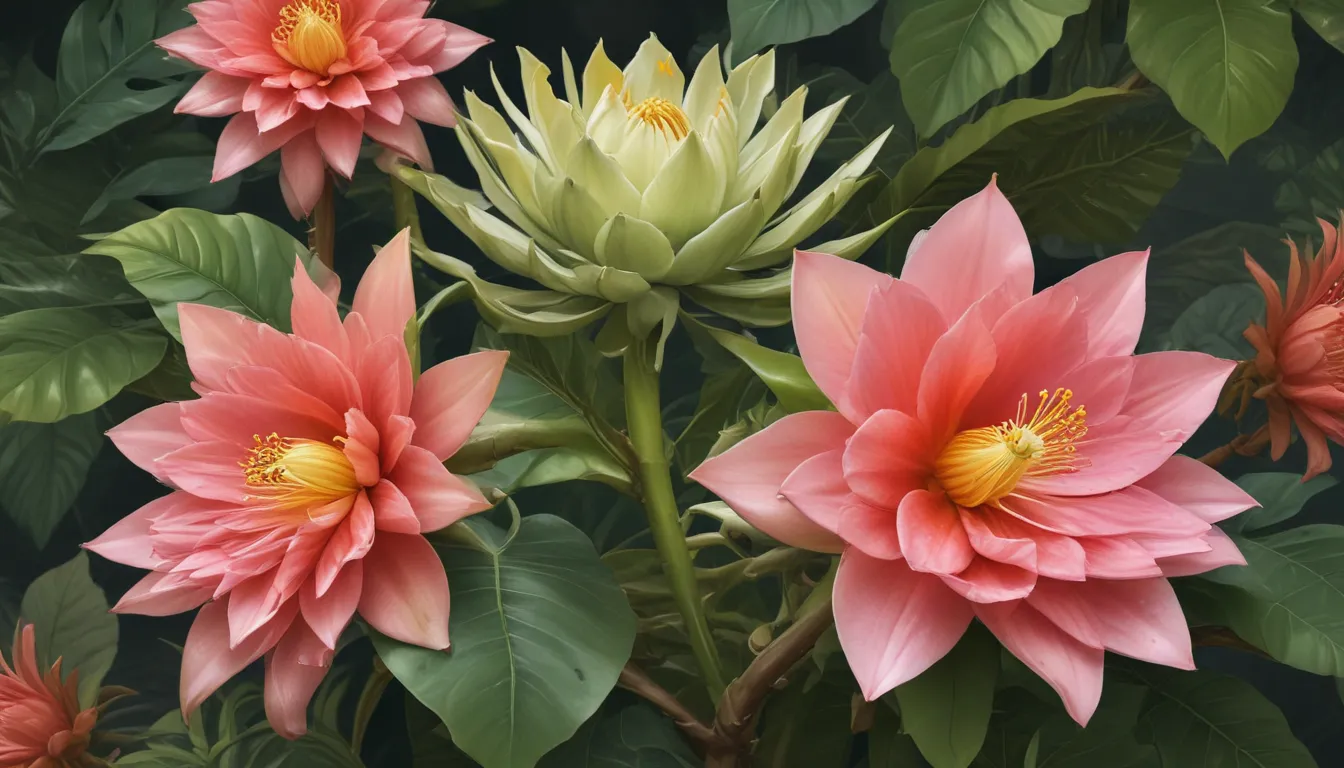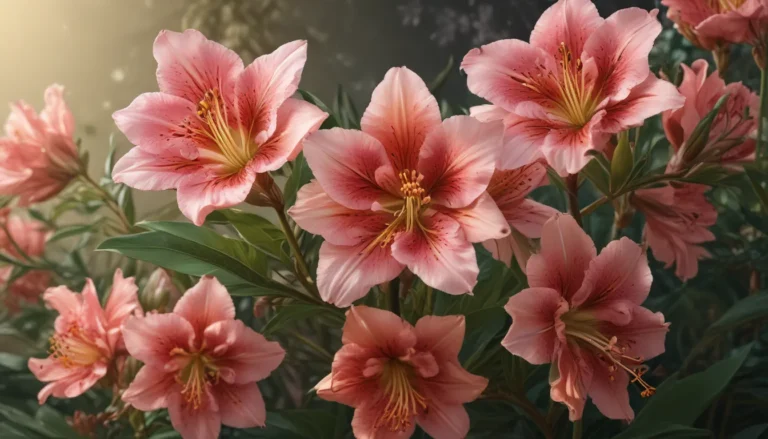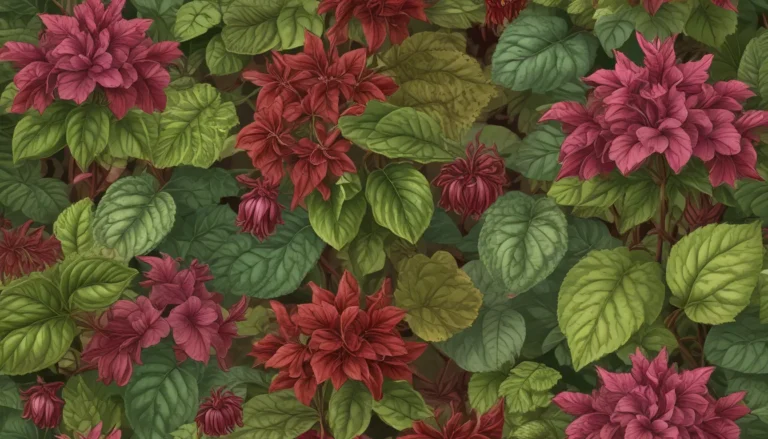The pictures we use in our articles might not show exactly what the words say. We choose these pictures to make you interested in reading more. The pictures work together with the words but don’t take their place. The words still tell you the important facts.
Epiphyllums, also known as orchid cacti, have enchanted plant lovers for generations with their stunning beauty and unique characteristics. Originating from the lush jungles of Central and South America, these extraordinary plants have a story to tell that will leave you in awe of their beauty and versatility. Whether you are a seasoned fan of epiphyllums or just beginning to explore their enchanting charm, prepare to delve into a world of fascinating information. From their nocturnal blooms to their medicinal uses and cultural significance, epiphyllums are truly remarkable plants that captivate the hearts of plant enthusiasts worldwide.
The Allure of the Orchid Cactus
The Epiphyllum, commonly known as the Orchid Cactus, is a striking member of the cactus family that boasts vibrant blooms resembling orchids. With their intricate petal patterns and dazzling colors, epiphyllums are truly showstoppers in any garden or indoor space.
Origins in Central and South America
Epiphyllums can be found thriving in the humid, shady environments of the jungles in Central and South America. Their unique adaptation as epiphytes, growing on tree trunks and branches, sets them apart from traditional cacti.
Nocturnal Blooms of Beauty
One of the most captivating features of epiphyllums is their nocturnal blooming habit. As the evening descends, these plants unfurl their exquisite flowers, releasing a mesmerizing fragrance that attracts nocturnal pollinators, such as moths and bats.
A Kaleidoscope of Flower Colors
Epiphyllums come in a diverse range of flower colors, from vibrant reds and pinks to delicate whites and yellows. This colorful variety adds to the allure of these plants and makes them a popular choice among enthusiasts.
Impressive Flower Sizes
Certain species of epiphyllums produce flowers that can reach up to 12 inches in diameter. These large, eye-catching blooms create a striking display when in full bloom, adding a touch of drama to any garden or indoor space.
Extended Blooming Period
Unlike many other plants, epiphyllums boast a prolonged blooming period. Their flowers can last from several days to weeks, bringing an enduring beauty to any environment where they are cultivated.
Simple Propagation Methods
Epiphyllums can be easily propagated through stem cuttings. By taking a healthy stem cutting, allowing it to callous for a few days, and then planting it in well-draining soil, new roots will develop, giving rise to a new plant with minimal effort.
Ideal Light Conditions
Epiphyllums thrive in bright, indirect light conditions. Placing them near a window or providing filtered sunlight ensures optimal growth and health for these stunning plants.
Importance of Well-Draining Soil
To prevent root rot, a common issue with cacti, epiphyllums require well-draining soil. A mixture of peat moss, perlite, and orchid bark is commonly used to provide the ideal growing medium for these plants.
Low Maintenance Beauties
Despite their exotic appearance, epiphyllums are surprisingly low maintenance plants. They require minimal watering to avoid root rot and benefit from a well-balanced fertilizer during the growing season to promote healthy growth.
Versatile Growing Environments
Epiphyllums can thrive both indoors and outdoors, making them adaptable to various growing conditions. Whether in a sunny indoor spot or a shaded garden setting, these plants will flourish with the right care.
Hanging Plant Potential
Due to their epiphytic nature, epiphyllums can be grown as hanging plants, showcasing their cascading stems and vibrant blooms in a hanging planter or basket, adding a touch of elegance to any space.
Air-Purifying Benefits
Like many plants, epiphyllums contribute to improving indoor air quality by removing toxins, making them not only visually appealing but also beneficial for your health and well-being.
Medicinal Uses
Certain species of epiphyllums have been traditionally used in medicine to treat various ailments such as inflammation, burns, and indigestion. Their extracts are known for their healing properties in certain cultures.
Pollination by Nocturnal Creatures
Epiphyllums rely on nocturnal creatures like bats and moths for pollination, highlighting the intricate relationship between these plants and their environment.
Delightful Fruits
After pollination, epiphyllum flowers develop into delicious fruits known as pitahayas or dragon fruits. These nutritious and tasty fruits are a delightful reward for growing these extraordinary plants.
Longevity in Growth
With proper care, epiphyllums can live for several decades, becoming cherished heirlooms in a garden or collection. Their longevity is a testament to their resilience and adaptability as plants.
Treasured by Collectors
The unique beauty and growth habits of epiphyllums make them highly sought after by plant collectors worldwide. Rare and unique varieties are prized possessions for enthusiasts with a passion for these captivating plants.
Inspirations for Art
The captivating appearance of epiphyllums has inspired artists and painters to create stunning works of art. These plants often feature prominently in botanical art and floral compositions, showcasing their beauty in artistic interpretations.
Cultural Significance
In certain cultures, epiphyllums hold special significance as symbols of good luck, prosperity, happiness, and abundance. Their blossoms are revered and celebrated for their positive associations, adding to their cultural importance.
Conclusion: Embrace the Magic of Epiphyllums
Epiphyllums are truly extraordinary plants that continue to captivate plant enthusiasts with their beauty and versatility. Whether you are a seasoned gardener or a novice, cultivating an epiphyllum in your garden or indoor space is sure to bring joy and beauty to your surroundings. Discovering the wonders of these captivating plants is a journey worth embarking on, as each fact unveils a new layer of their magic and charm.
FAQs:
Q: How often should I water my Epiphyllum?
A: Epiphyllums prefer well-draining soil and should be watered when the top inch of the soil is dry. Watering once a week during the growing season and reducing frequency during dormancy is recommended.
Q: Do Epiphyllums require specific lighting conditions?
A: Epiphyllums thrive in bright, indirect light. Placing them near a window with filtered sunlight or in a shaded outdoor area is ideal to ensure their optimal growth.
Q: How do I propagate an Epiphyllum?
A: Propagating epiphyllums is simple through stem cuttings. Select a healthy stem, allow the cut end to callus for a few days, and plant it in well-draining soil. Keep the soil lightly moist until new growth appears.
Q: Are Epiphyllums prone to diseases or pests?
A: While generally resilient, epiphyllums can be susceptible to mealybugs, scale insects, and fungal diseases. Regular inspection and appropriate measures can help control any infestations or infections.
Q: Can Epiphyllums be grown indoors?
A: Yes, epiphyllums can thrive indoors if provided with adequate light and care. A bright, sunny spot near a window or under artificial grow lights can support their growth and well-being.
Unveiling the extraordinary facts about epiphyllums sheds light on the captivating world of these stunning plants. Their beauty, versatility, and cultural significance make them a treasure worth exploring and cultivating in your own garden or living space. Join the journey into the enchanting realm of epiphyllums and embrace the magic they bring into your life.






